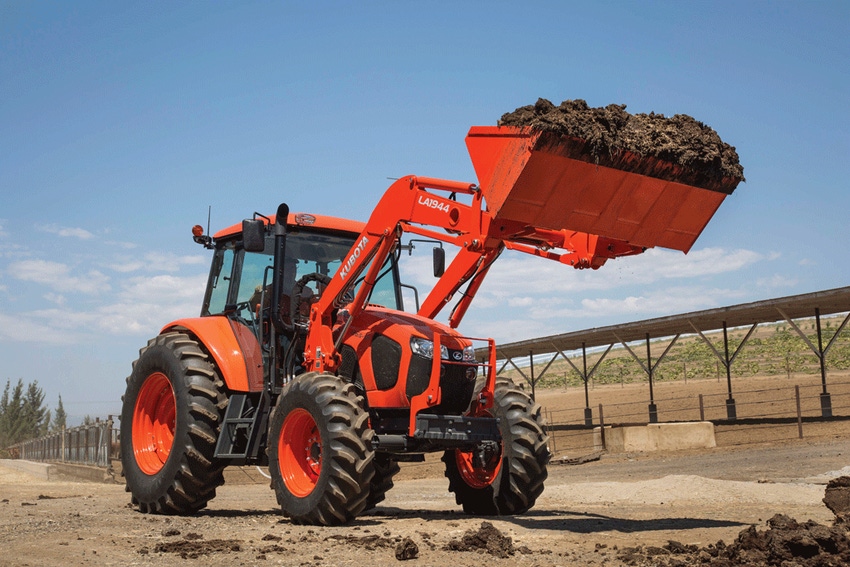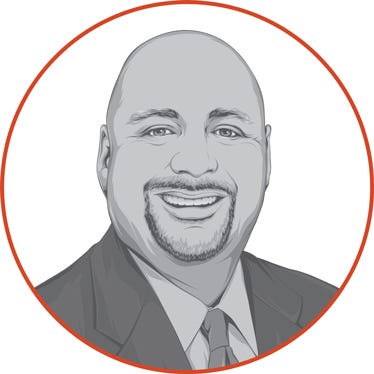
In most farm operations, there’s a never-ending “project” list. Most farmers would say this list tends to grow and grow. While projects do get checked off the list and completed, new ones are added frequently – perhaps even daily.
This can be frustrating for a farm leader, but what can be even more difficult to manage is the farm’s “big purchases” list. Since equipment, buildings and bins all wear down or break over time, something always needs to be fixed or replaced.
Without a clear plan for these big purchases, however, we can start to think we may be forced to replace or fix everything all at once. And that’s simply not feasible for most farms. This can lead to quite a bit of anxiety for the farm leader over how the operation will continue to operate and get everything that it needs, especially when margins are tight.
Three strategies
There are ways to help take some of the anxiety out of the “purchase” list that’s in every farm leader’s mind. Here are three ideas you might try.
When in doubt, prioritize. If several different needs are coming up at once, it’s time to take a close look at each once. Analyze the current state of the item that needs to be repaired or replaced. Get repair estimates and replacement cost estimates, if possible. Consider getting a neutral third party’s opinion on whether something can be safely repaired rather than outright replaced. Then, determine the “priority level” of each item against the basic needs of your operation. You might even create a simple rating system to gauge the priority level of each item, and then list them in order.
Is this purchase feasible? To get a strong sense of whether your operation can handle a particular purchase at a given time, you can get a feasibility study done on that purchase. The study shows how the purchase will impact your farm’s key metrics – and help you determine whether or not to move forward with the decision at that time.
Get a capital expenditures plan in place. This is the key to careful management of big purchases on the farm. Your plan accounts for all equipment, buildings, bins, etc in your operation – and then notes when they will next be up for repairing or replacing. Some farms do this with a look ahead at the next five years, some at the next ten years. Your plan lets you know what big purchases are coming up – whether that’s replacing a combine or bin. When major breakdowns happen, you can then look at your plan, see when that piece of equipment is due to be replaced, and make an informed decision on whether to repair or replace at that time instead.
The key is that you’re always on top of the big purchases that are coming up next – because you’ve planned and budgeted for them. The purchases rotate so they don’t all come up at the same time, which could be problematic. You make the call on what kind of rotation is right for your operation.
You can learn more about planning for big purchases in your operation, getting a capital expenditures plan in place and more by talking with our advisors for the farm.
The opinions of the author are not necessarily those of Farm Futures or Farm Progress.
About the Author(s)
You May Also Like






